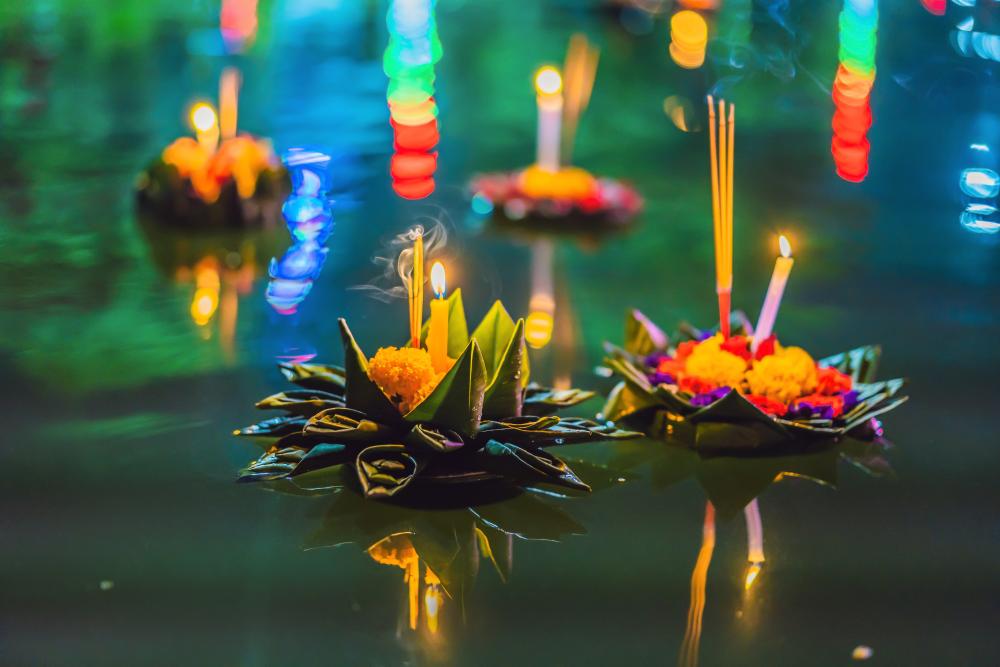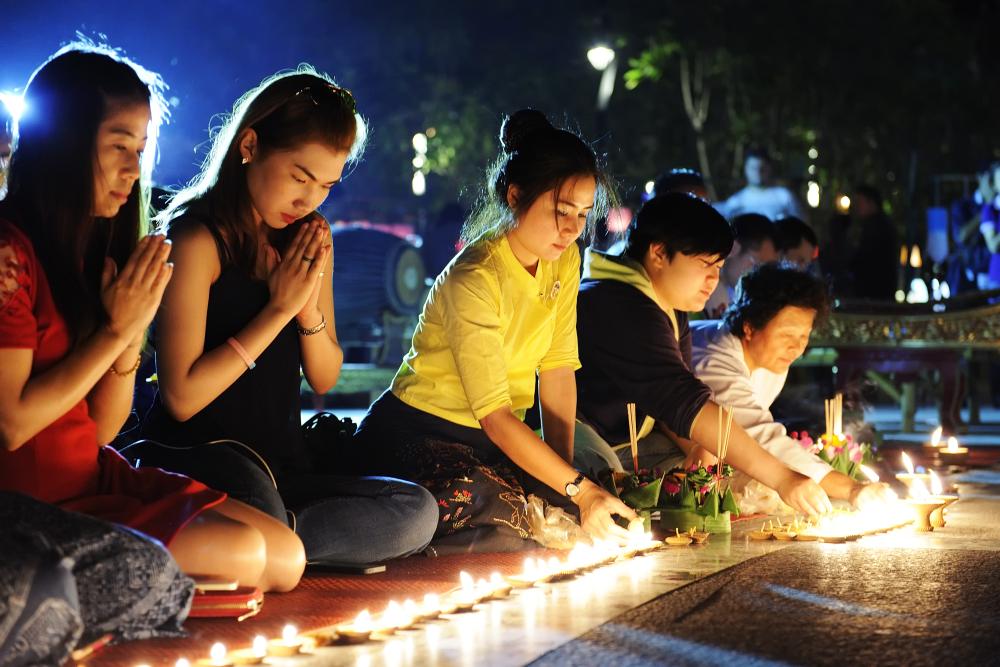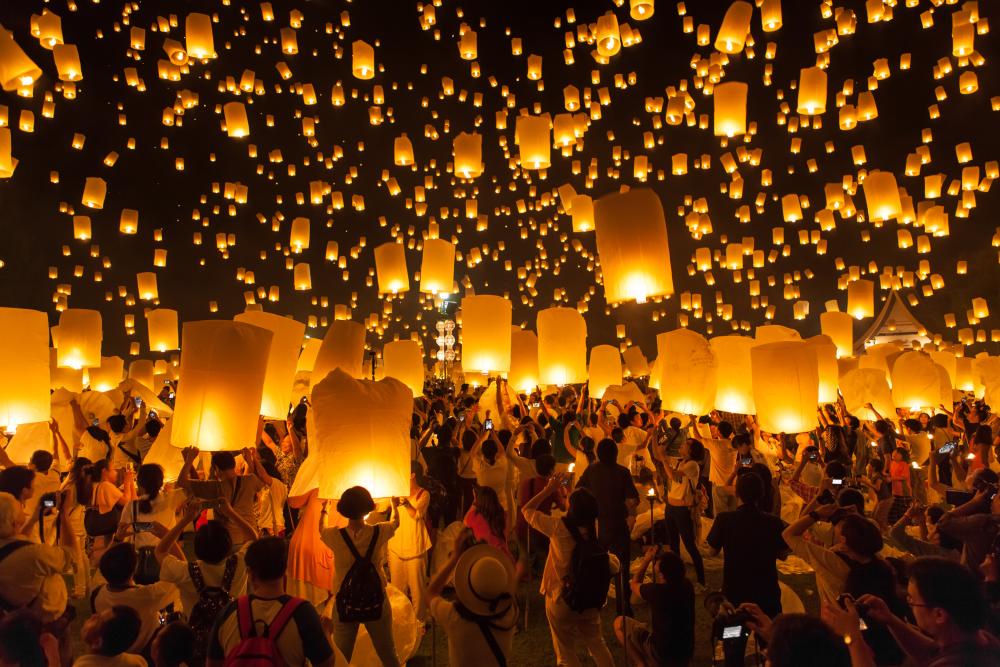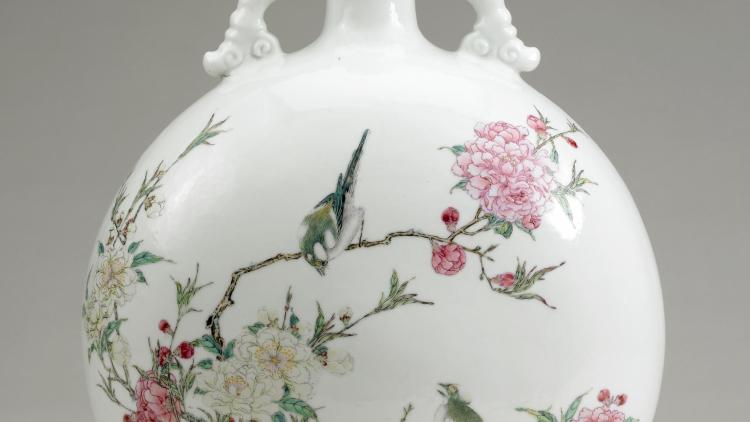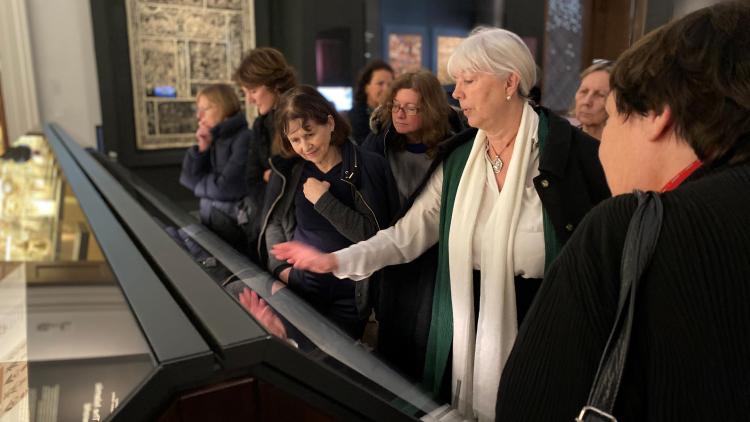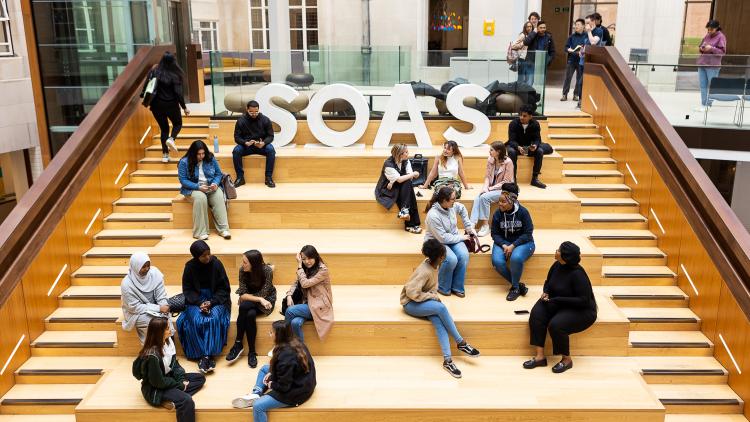Loy Krathong 2022: Learn about Thailand's very own Festival of Lights
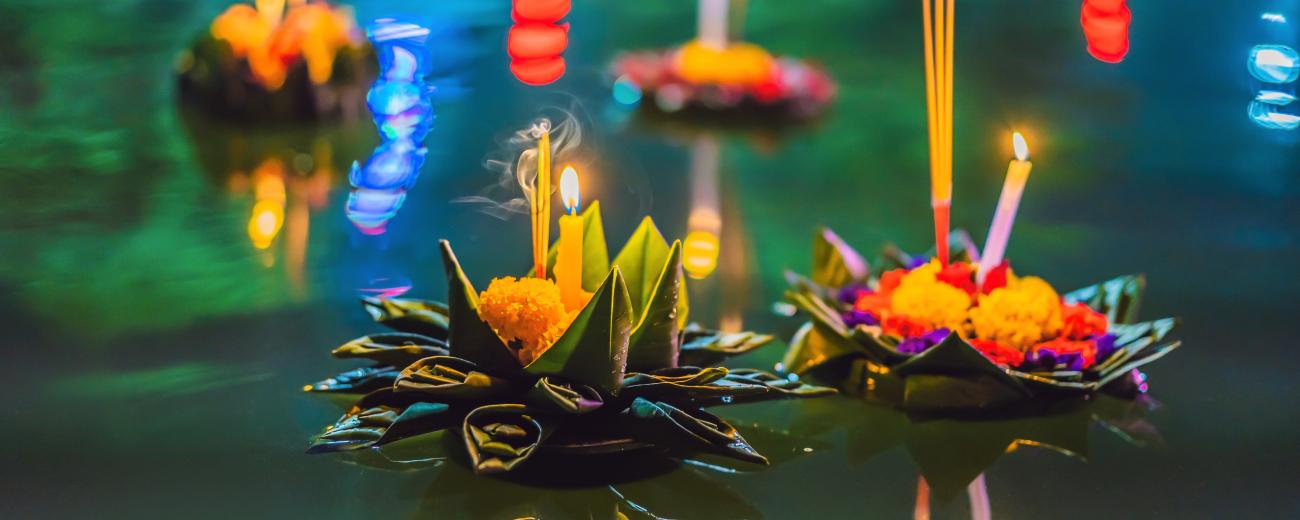

Thailand is known for its whole host of different festivals, celebrating everything from new year to a new moon or the start of a harvest. But, Loy Krathong is one of the biggest celebrations of them all. We've put together a brief overview of the festival and how it's celebrated in Thailand.
What is Loy Krathong?
Also known as the ‘Festival of Lights’, Loy Krathong is national celebration that takes place every year in Thailand. The festival falls on the evening of the full moon of the 12th month in the traditional Thai lunar calendar. This year’s festival will take place on Tuesday 8 November.
The celebration sees people gather together round lakes, rivers and canals to release ‘krathongs’ decorated with candles, incense and flowers on to the water. In Thai the word loy means ‘float’ and krathong refers to a ‘basket, vessel or boat’, so the basic meaning of Loy Krathong is ‘float a basket’.
What is a krathong?
The krathong is a small lotus-shaped boat which was traditionally made from banana leaves and decorated with flowers.
In the run up to the celebrations, many shops and market stalls will display and sell ready-made krathongs, along with ones in parts for people to build and decorate themselves.
Traditionally, krathongs were solely made from natural materials in the shape of a lotus flowers. However, more recently people have become more creative in their craft and design. Some now use coconut shells, flowers, baked bread and even potato slices. Others even break the convention of using a lotus flower shape, and opt for turtles or other sea creatures.
History of Loy Krathong
There are various stories attached to the history of Loy Krathong. One belief is that as the festival coincides with the end of the main rice harvest, Thai people see it as a chance to pay their thanks to the Water Goddess, Phra Mae Khongkha for a year’s worth of rain. As well as to apologise for polluting the waters.
Others see it as a chance to wash away any sins from the past year and welcome good fortune and luck in the coming year. It’s a way for them to let go of any hatred, grudges or negative energy. People often include a fingernail or lock of hair in their lotus shaped vessels, which is seen as letting go and starting afresh, free from negative feelings. It’s believed that if your candle stays alight until your krathong disappears, you’ll have a year of good luck.
How is Loy Krathong celebrated?
Traditionally, Thai people start to prepare for the festival by making their krathongs at home with friends and family. Although, many opt to buy them from local shops too.
At nightfall, people head to rivers, canals, ponds and lakes, or temples where religious rituals take place and release their krathongs. Today, Loy Krathong is celebrated widely across Thailand. The festival also includes firework shows, competitions to build the largest and most extravagant krathong, and beauty competitions called Noppamas Queen Contests.
Where is Loy Krathong celebrated?
The festival is celebrated throughout Thailand, as well as in some of the nearby countries like Myanmar, Laos and Cambodia.
Although celebrated all over the country, the biggest Loy Krathong celebrations take place in Chiang Mai, Sukhothai, Bangkok and Phuket.
Many visitors are drawn to Chiang Mai during Loy Krathong as it also hosts another festival at the same time called Yi Peng (Thailand Sky Lantern Festival). With floating baskets on river for Loy Krathong and flying lanterns in the sky for Yi Peng, Chiang Mai becomes a breath-taking scene.
If you want to celebrate Loy Krathong in London, the Buddhapadipa Temple in Wimbledon will be hosting a celebration on Sunday 6 November. The day long event will include a whole host of cultural performances and dozens of fabulous Thai food stalls.
About the author
SOAS Language Centre offers quality teaching in a wide range of languages including Thai to SOAS students and the general public. They also provide bespoke language training for diverse organisations. They have proven expertise in making the learning of languages practically useful, highly enjoyable and accessibly to people from all walks of life. SOAS staff and students get a 25% discount and alumni get a 10% discount on all short language courses.
